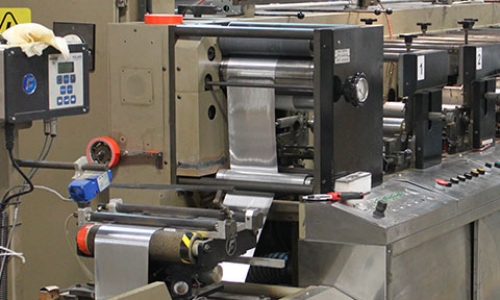Digital or Flexographic Printing: Which is Right for Your Labels?

First, it is important to understand that neither printing method is inherently better than the other. There are factors that need to be considered on a job by job basis to determine which technology is right for the labels you are printing. Because of this, it’s important to work with a company like Impact Label that offers both digital and flexographic printing.
Flexographic Printing
More setup time is needed because flexographic printing uses plates, and every time a graphic is changed or updated, a new plate needs to be made. However, flexographic printing presses have higher throughput speed, making large orders cost-effective despite the increased setup time and cost of platemaking. Flexographic printing is likely your best option if you are in need of large runs with little or no variation and offers in-line finishing.
Digital Printing
With digital printing, there are no plates required and almost no setup time is needed. Generally speaking, this makes digital printing more ideal for small or medium-sized label runs. However, you will likely want to use digital printing for large orders if there are variations in the labels. This printing method also works better in many cases when your graphics are complex.
At Impact Label, we know the importance of offering both printing technologies and can help you decide whether flexographic printing or digital printing is right for your custom labels. While digital printing is more popular than ever, flexographic printing, done by a trusted and experienced press operator should not be counted out. If you have any questions about the printing methods we offer, or would like to request a quote, do not hesitate to contact us today. We look forward to working with you!

